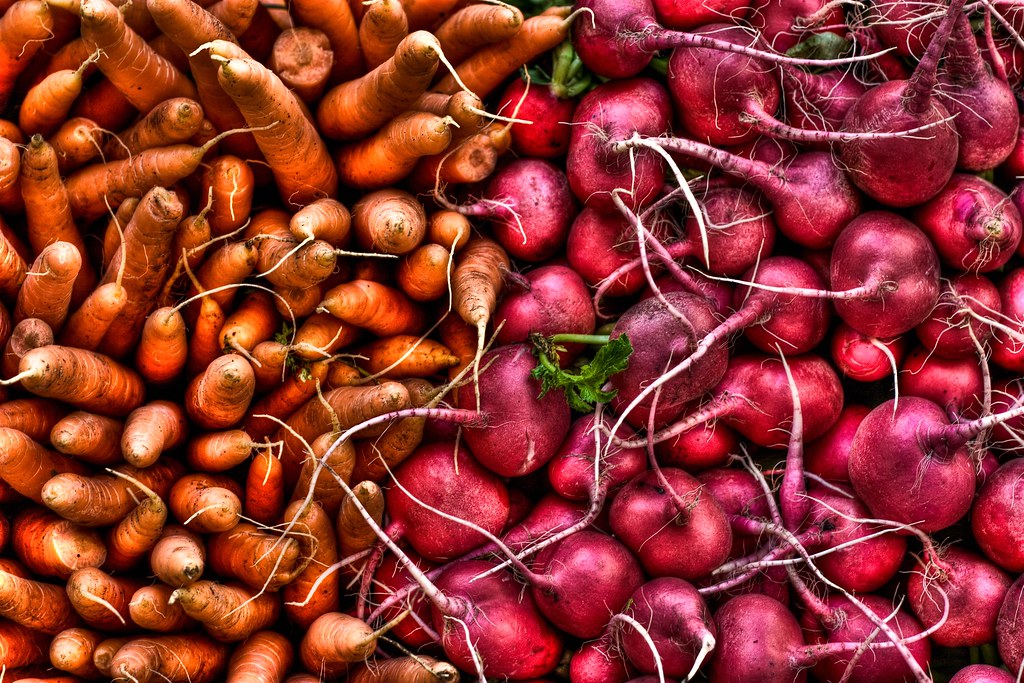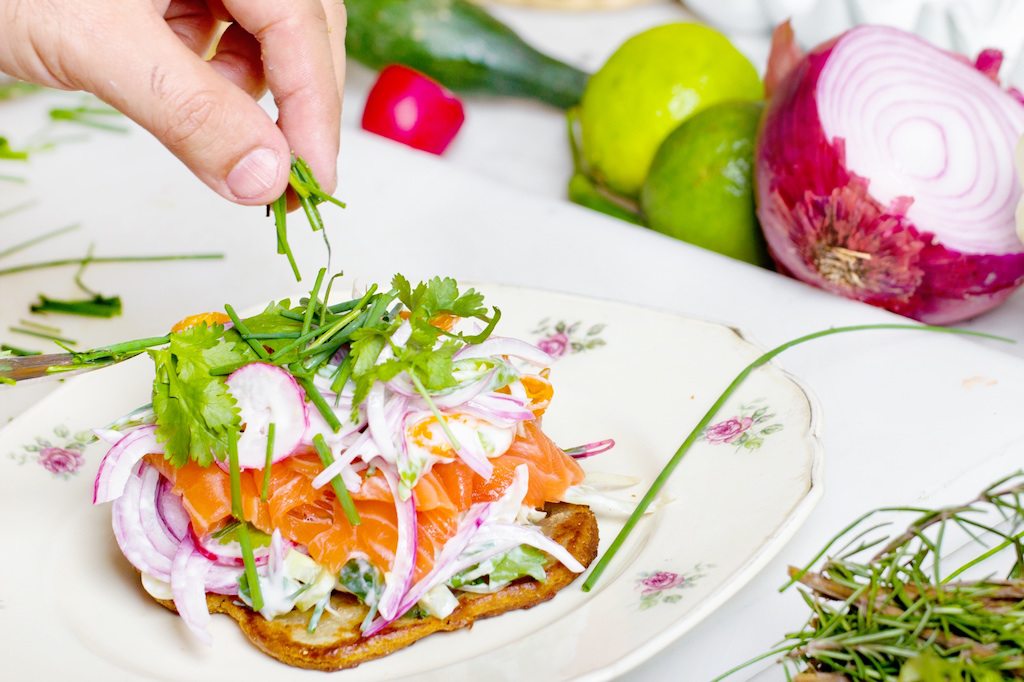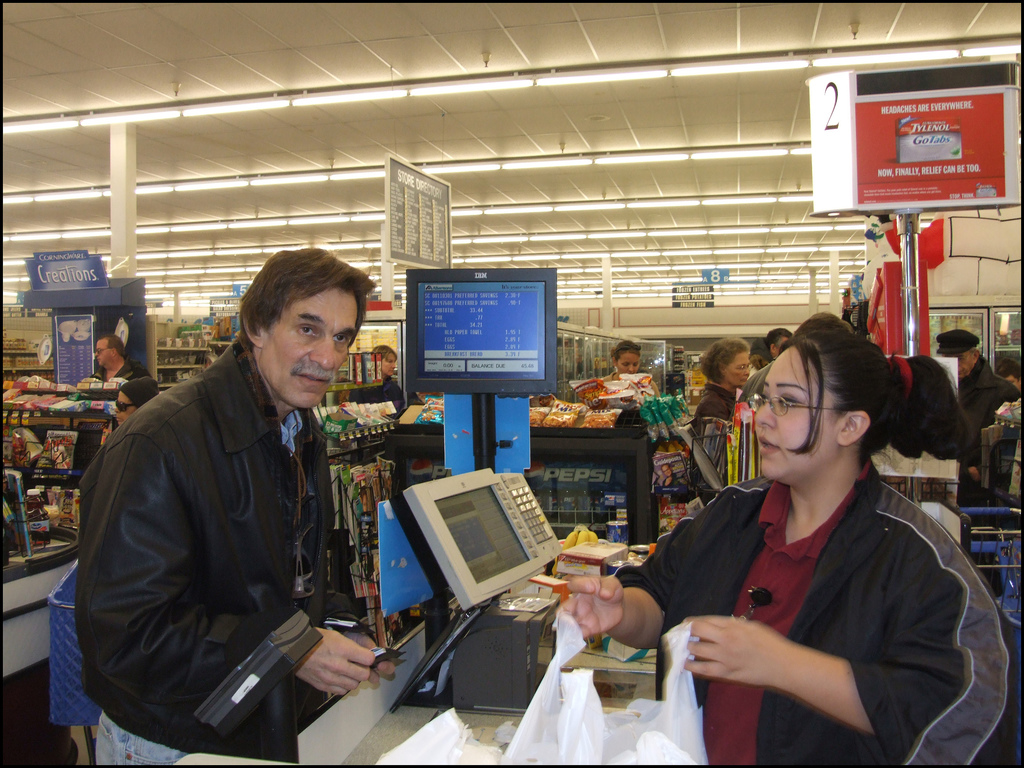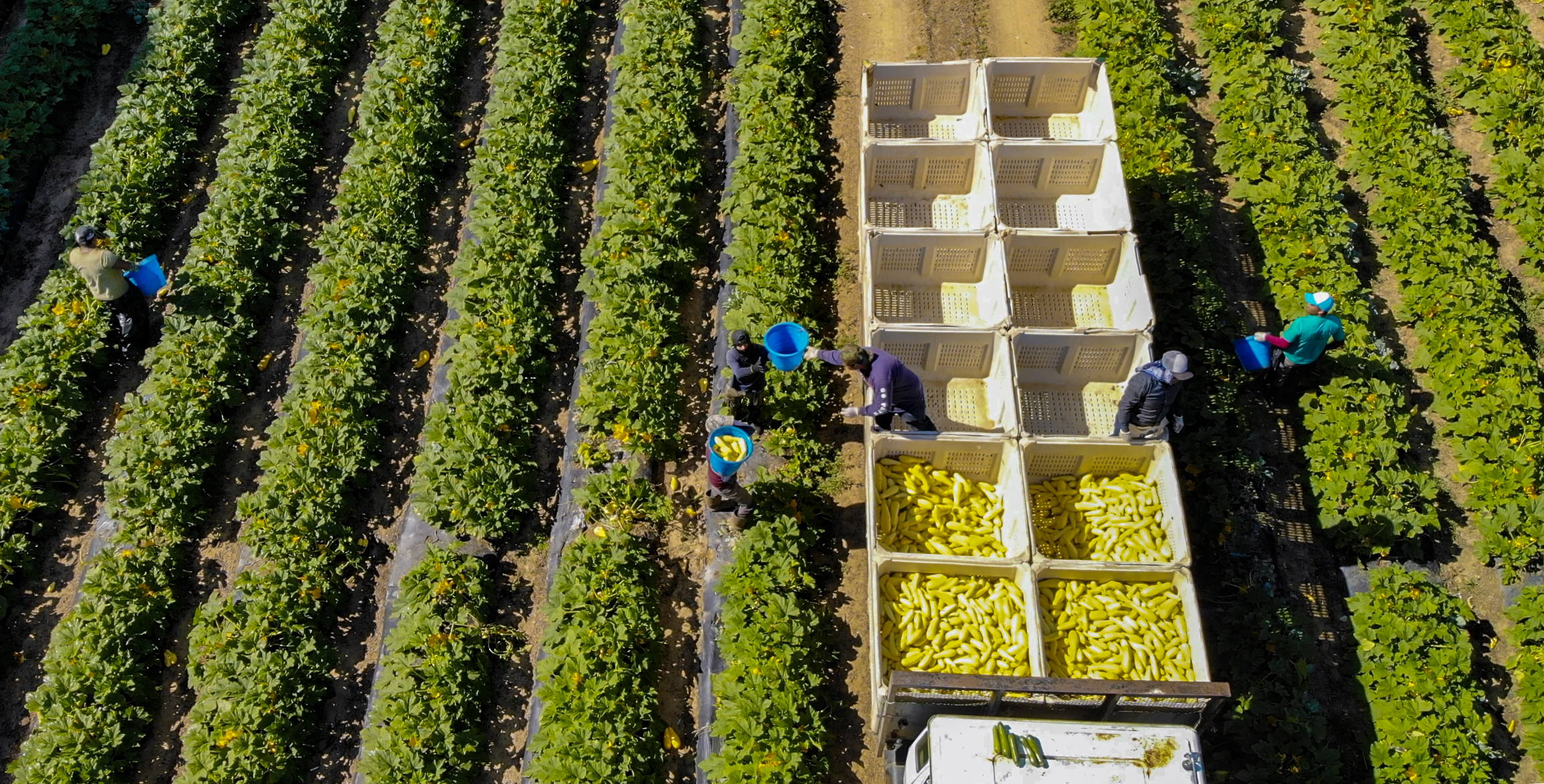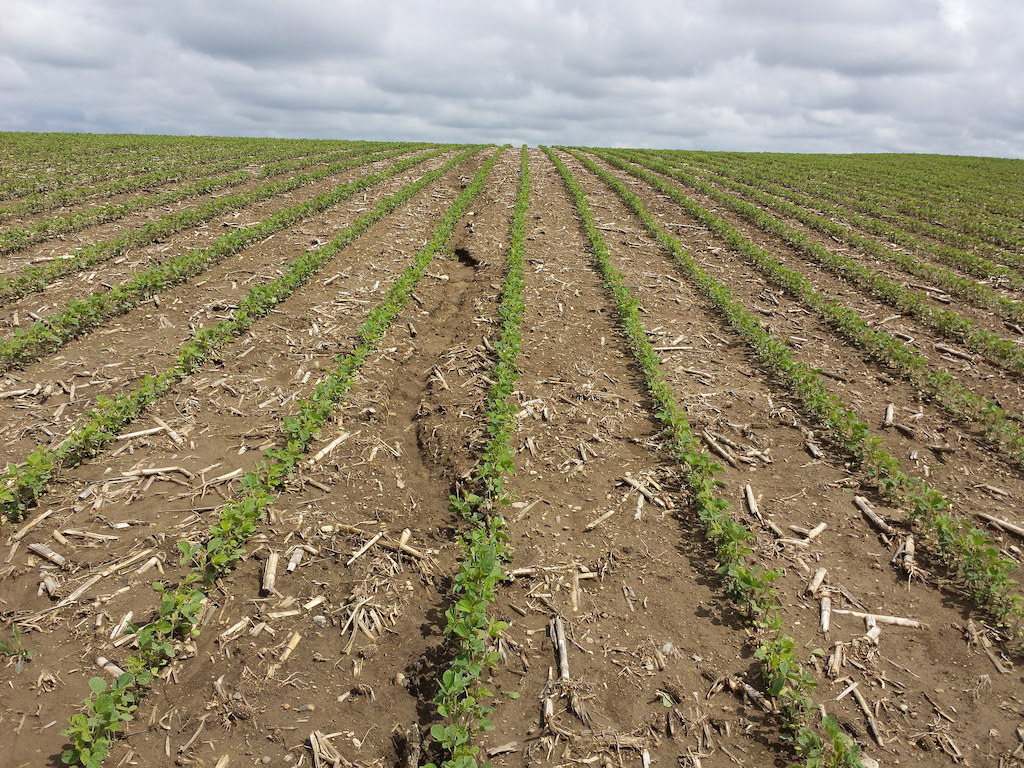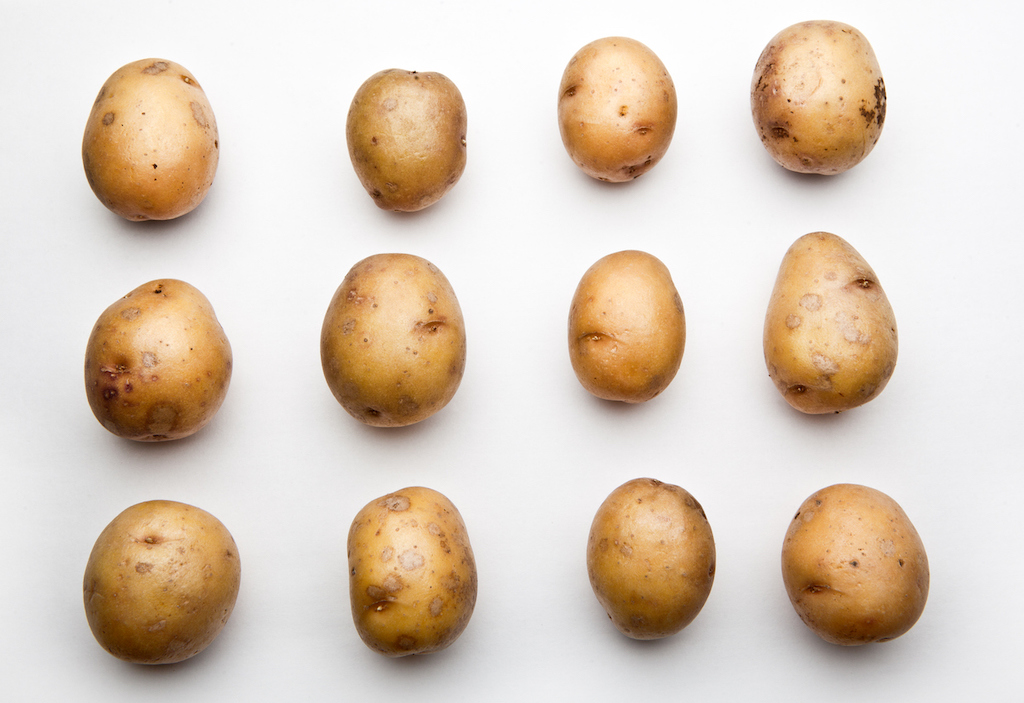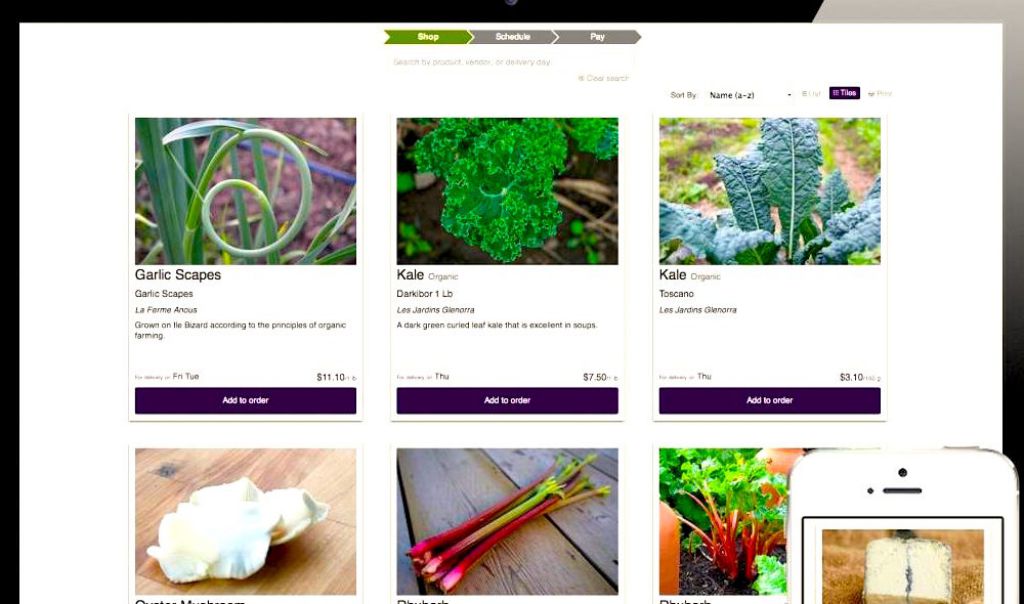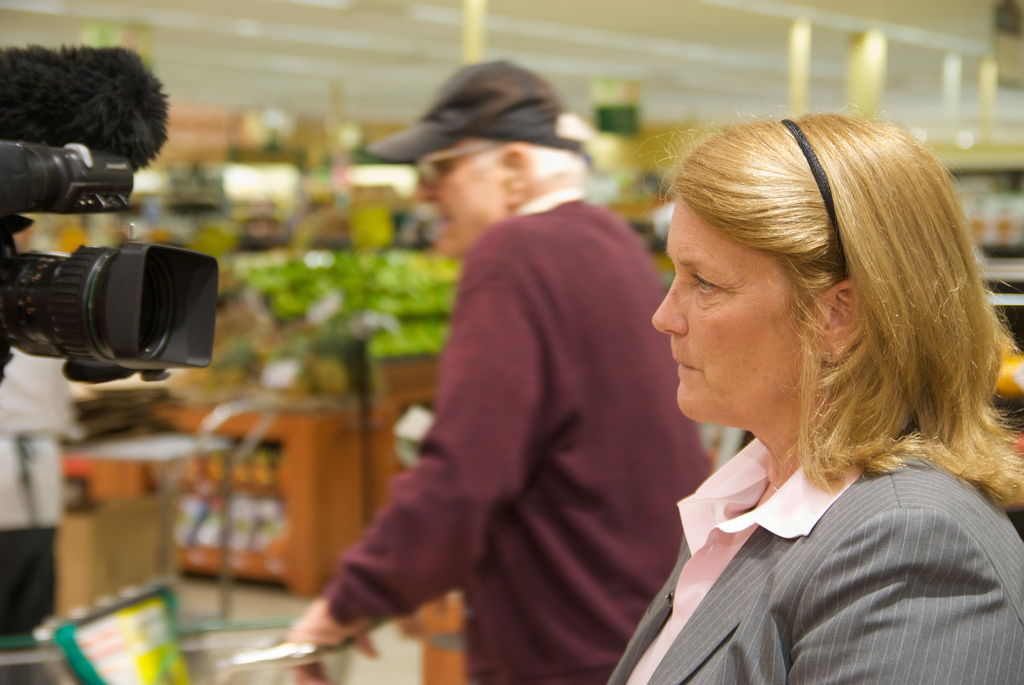New York City is expanding a unique prescription program that helps low-income residents with health risks afford more fresh produce. Called Pharmacy to Farm, it will now serve patients at 16 drug stores located throughout Manhattan, Brooklyn, and Queens—up from just 3 at its launch in 2017.
The program gives qualifying residents $30 per month to spend at farmers’ markets across the city. So, really, the program doesn’t actually prescribe anything in a traditional sense—but let’s not argue over semantics. To participate, New Yorkers have to meet two criteria: They must receive food stamps (SNAP) and they must be prescribed medication for high-blood pressure—a condition which is linked to stroke and heart disease and which affects 28.8 percent of adults in the city.
Many localities have experimented with fruit and vegetable prescriptions in the past decade. In Wilmington, North Carolina, doctors can prescribe fresh food to be picked up at a local nonprofit. In DC, a program called ProduceRx lets doctors give Medicaid patients money to spend at a nearby Giant Food supermarket. In Camden, Maine, doctors can give vouchers to families enrolled in SNAP to use at the local farmer’s market. The general idea is straightforward: Doctors already prescribe medicine for health conditions, why not equip them to prescribe healthy eating, too?
What’s interesting about Pharmacy to Farm is that doctors won’t be writing the “prescriptions”—pharmacists will. This shift in responsibility makes sense: People typically visit their pharmacies far more regularly throughout the year than they do their doctor. And pharmacies, too, are often located within the neighborhoods in which their customers live.
“We were hearing back from community residents, particularly in low-income communities, that people love their pharmacists,” said Jeni Clapp, director of Nutrition Policy and Programs at the New York City Health Department. “They love that they’re in a retail setting, that they can go in and anytime without an appointment. And we learned from pharmacists that, in addition to having clear healthcare expertise, they also really thought of themselves as a community asset.”
The pharmacy model isn’t unprecedented. In South Side Chicago, the University of Chicago partnered with Walgreens to pilot a program that gave patients coupons to spend on fresh food at Walgreens stores. While initial outcomes of the program were “promising,” per a preliminary university study, the program’s fresh food availability was largely limited to the pharmacy chain’s selection.
New York City’s program takes a different route. To choose participating pharmacies, the city first surveyed farmers’ markets that had high levels of SNAP use. Then it reached out to pharmacies within a mile radius of those markets, prioritizing ones that served low-income New Yorkers, as indicated by high rates of patients on Medicaid or proximity to public housing.
Currently, all of the pharmacies participating in the program are independent—so you won’t be able to get produce prescriptions at Walgreens or CVS. There’s a number of reasons why this is the case. For one, independent pharmacies are more likely to serve low-income areas than chains, according to a 2012 survey on medication access in New York City. It also gives a boost to local businesses, many of which are threatened by the rise of Amazon and mergers of chains.
“Independent pharmacies have a lot of competition, so nesting programs with them is a nice way to support their business model,” Clapp adds.
Currently, the program has enough funding to run through April 2020, but Clapp is optimistic that it can be sustained in the long run. The most recent farm bill created a produce prescription program specifically meant to encourage initiatives like Pharmacy to Farm. New York City has applied for more funding under the program.
